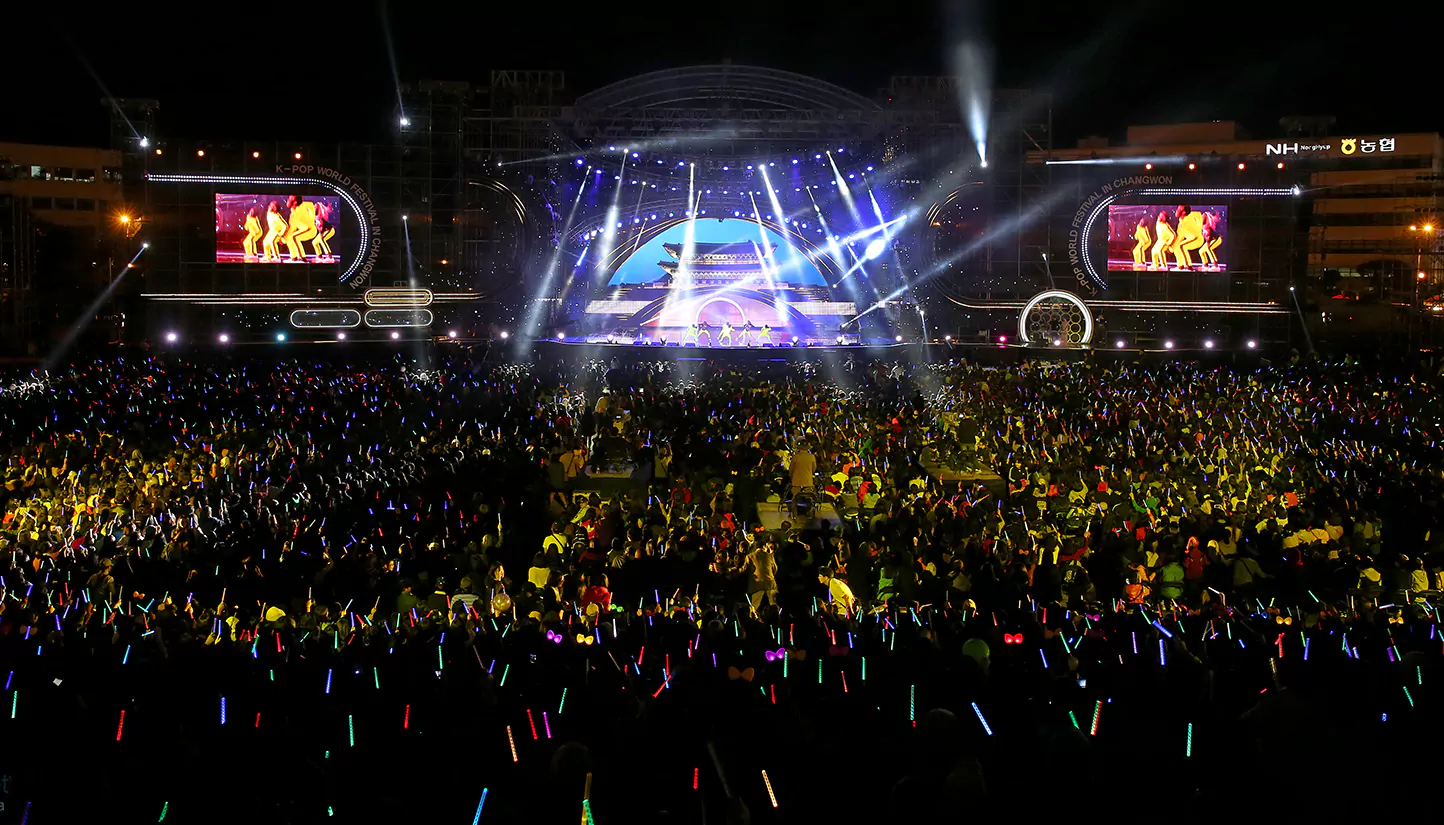Worldatime Pounding like a drunk jackhammer while….. 5-14-07 A genre which offers a certain hypnotic ferocity combined with an aggressive, but weird beachballishness onstage. Taiko has become a ubiquitous feature not only of its native Japan but on stages across the globe over the past few decades. Taiko performances are now presented at music festivals throughout the world, bringing the art of percussion to international audiences. This article examines taiko’s presence at world music festivals, its performance highlights, cultural penetration and the growing influence of its rhythmical legacy on the world stage.
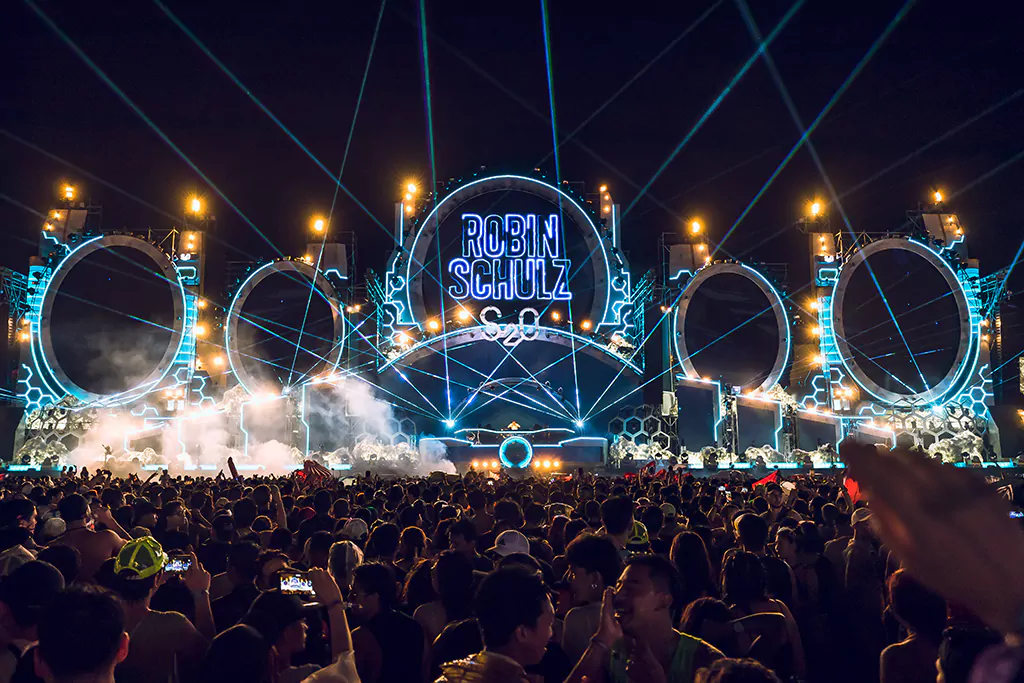
The Global Appeal of Taiko
The international appeal of Taiko can be summed up in its blending of musical quality, cultural “”realness”” and visual histrionics. Unlike the majority of musical forms, taiko performances are experiential; they appeal to not only the ears but also to the eyes and soul. The consolidated gestures, strong acoustic designs, and folk costumes all refer to artistic discipline and cultural narration.
Taiko has been popular around the world because:
1.Cross-cultural curiosity and global interconnectedness
2.The JPERX provides cooperation from Japanese cultural organizations and overseas artists.
3.Incorporation into other musical and dramatic forms
Taiko at Major International Music Festivals
Taiko drumming has also been featured at some of the world’s largest and most popular music festivals. Most of these are cultural tastings, cross-pollinating artistic traditions and fostering new international audiences.
Edinburgh Festival Fringe (Scotland)
Taiko groups, such as Mugenkyo Taiko Drummers and Kodo, have appeared at the Edinburgh Festival Fringe, the largest arts festival in the world. Their shows are hugely popular, attracting rave reviews for their unique blend of old and new.
Kodo’s appearance at Fringe demonstrated that taiko has the ability to become a global sensation. Wrapping up with Jaha Koo’s Cuckoo; their stunning blend of athleticism, musicality, and storytelling resonated with a wide range of international presenters.
Montreal International Percussion Festival (Canada)
The drum-based get-together has grown into a critical hub for international rhythm-based traditions, with taiko regularly putting in a strong performance. Groups including Arashi Daiko and Nagata Shachu have been representing the form with shows and educational workshops that offer a mix of high-powered stagecraft and enthusiasm.
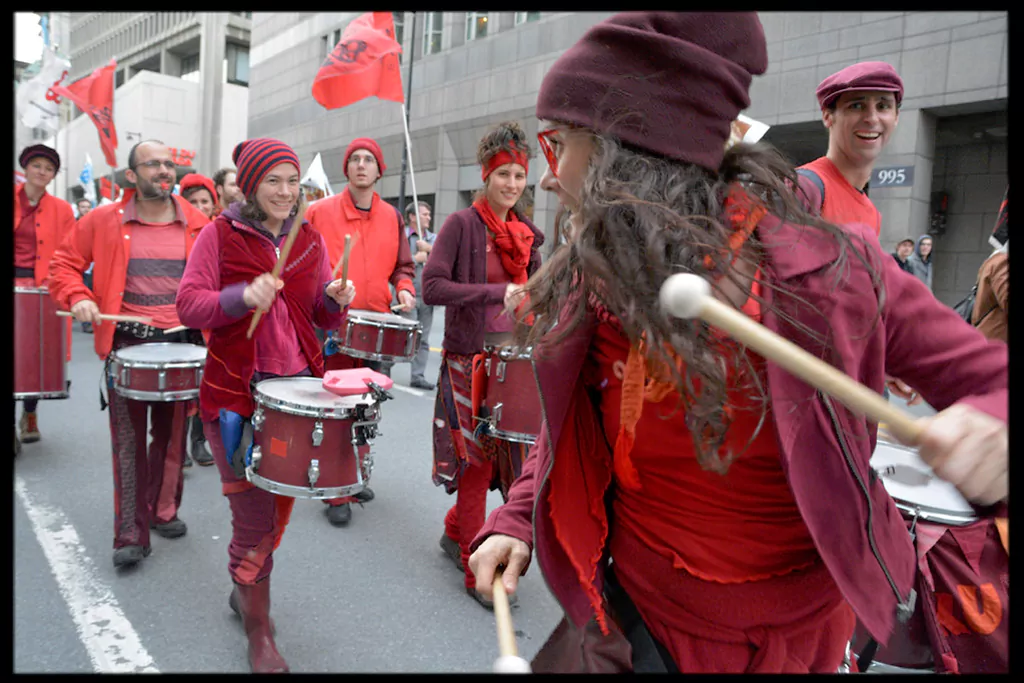
The fact that Taiko would be featured in the Montreal Festival only reaffirmed its place as one of the world’s most revered percussion traditions known for its musical sophistication and also for performance art.
Glastonbury Festival (United Kingdom)
As one of the world’s most famous music festivals, Glastonbury has included taiko as part of its multicultural and world music stages. Listeners of rock, pop, and electronic music have been drawn to taiko for its energy and potency.
Glastonbury’s inclusion of taiko is a clever melding of tradition and modern festival culture that opens up taiko to something beyond niche or world music crowds.
Sydney Festival (Australia)
Taiko groups like Taikoz, Australia’s leading taiko group, have been a popular fixture of Sydney Festival. Their work blends Japanese forms and aesthetics with the sensibility of contemporary Australian artists, embodying the multi-cultural nature of this event.
What Yoshikazu and Kagome and other Taiko performers bring to the Sydney Festival is reminder of the adaptability and international applicability of this art form.
Fuji Rock Festival (Japan)
Even though it takes place in Japan, Fuji Rock draws a significant number of international visitors. Including Taiko bands like Gocoo, who incorporate traditional rhythms with tribal and trance, the Fuji Festival shows how taiko can develop in the age of global fusion and experimental music.
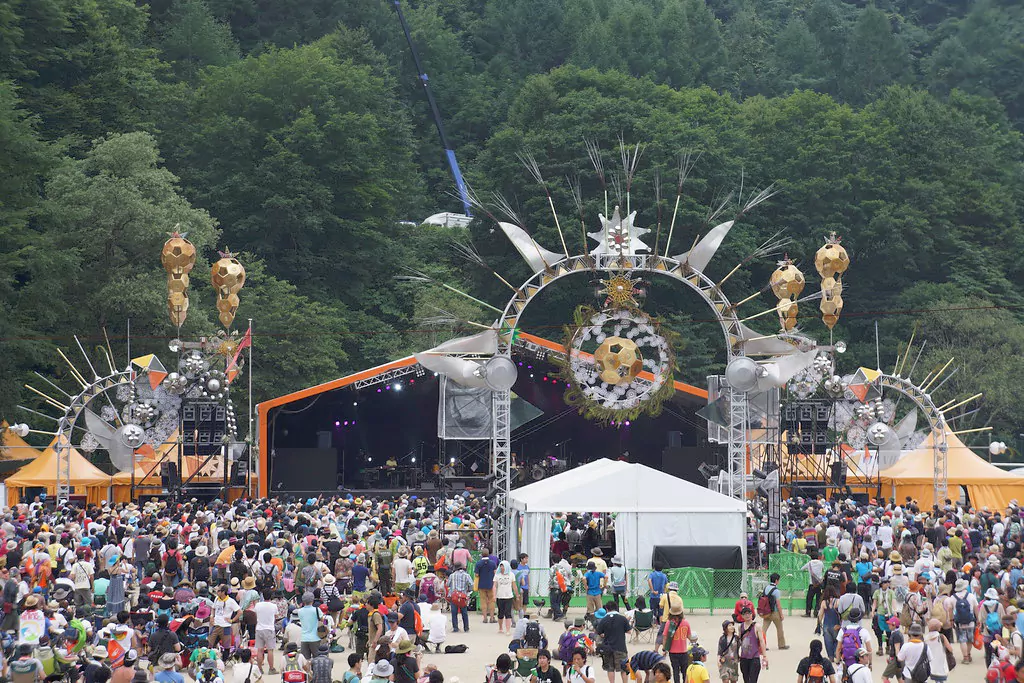
Taiko’s position at Fuji Rock festival represents its transformation from traditional ceremonial origin to modern experimental expression, without losing its cultural essence.
Effect on Cultural Diplomacy and International Relations
International festivals of performing arts play an important role within the world of cultural diplomacy for taiko. They provide a relatable and emotionally resonant way for audiences around the world to connect with the culture of Japan.
Taiko performances are often supported or even sponsored by Japanese cultural missions and embassies because they consider it representative of Japan’s cultural identity. In the world of taiko drumming, this allows global audiences to learn about such Japanese virtues as discipline, harmony and perseverance.
Workshop and dialogue with the artist are usually included alongside festivals performances in the framework of cultural exchange programs. These features enhance the viewers’ comprehension and enjoyment of the cultural value of these powerful dances.
Cross-border Collaborations with Global Artists
The other characteristic of taiko’s form of international existence is its associations with other artists and traditions.
Kodo and Zakir Hussain: This mash-up between Japan’s leading taiko ensemble and India’s leading tabla player is an example of how the traditional taiko form can accommodate intercultural musical dialogues.
TAIKOPROJECT and Hip-Hop Artists – This U.S.-based group uses taiko rhythms in hip-hop and spoken word performances to reach younger and more diverse audiences.
Taiko with Modern Dance : Taiko with modern/contemporary dance ensembles have appeared at many festivals as part of interdisciplinary collaborative works.
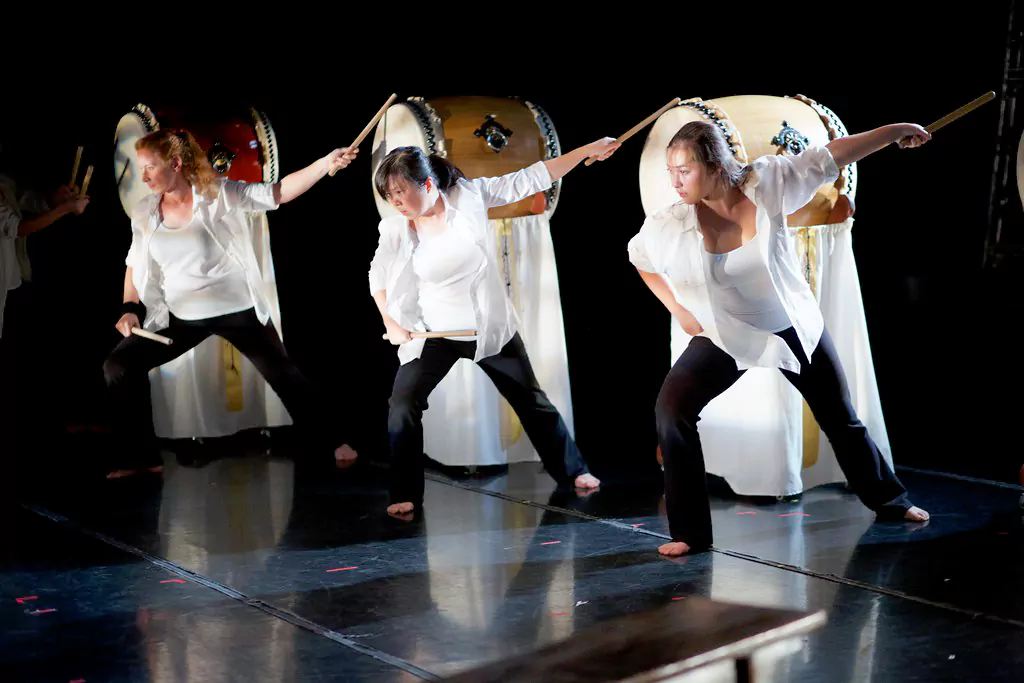
Not only do Taiko collaborations open up the artistic range of the art form, it also acts as a draw for festival bookers looking for cutting-edge, genre-busting content.
Educational Outreach and Workshops
A number of taiko groups that come to festivals offer an expanded outreach with interactive workshops and educational programs. These courses serve as an introduction to taiko drumming, covering the basic forms of physical training, or kihon, such as stance, rhythm and coordination as well as the cultural context in which the instruments and performances exist.
And such activities are particularly effective at family-oriented festivals, or festivals that incorporate public arts programs. They encourage the public to interact with them, to move beyond a passive viewing and really experience the art form.
Workshops are also a way in for those wanting to become involved with taiko ensembles or communities in their own countries, leading to increased transmission of the tradition worldwide.
Audience Reception and Cultural Resonance
People seeing taiko being played at international music festivals are often overwhelmed. The earthy timbre of the sound, the visual embodiment of movement, and the emotional impact of the performers produces a multisensory encounter.
Offical Festival reports even recognize taiko as one of the most memorable of all the acts–including worldwide, mainstream celebrities. This reaction encapsulates the universal quality of taiko and it’s ability to overcome both linguistic and cultural differences.
Challenges and Considerations
Despite the increasing presence of taiko, there are challenges that still persist:
Logistics: Shipment of big drums, logistics and technical setups can be expensive and complicated.
Cultural context: No explanation or context is given so when you take away those cultural cues the taiko appears to be nothing more than spectacle.
Misrepresentations, artistic: commercial festivals may lead to a focus on the trivial and a dilution of culture.
In order to address these issues taiko groups and festival organizers will need to work together to balance logistical limitations with cultural responsibility.
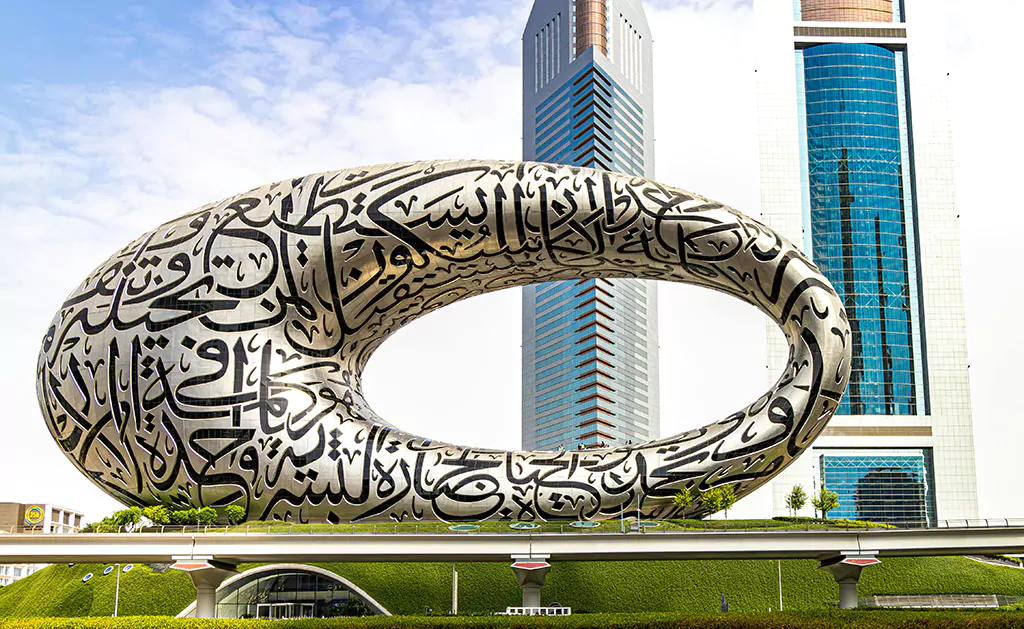
Taiko’s Future at International Festivals
In addition, taiko’s adaptability and universal appeal should ensure that it continues to grace music festivals in the future. Several promising directions include:
Online Integration: Experience taiko from around the world using streamed taiko performances and virtual reality.
Green Practices: Taiko ensembles which focus on wooden or other sustainable technologies for drum making can be a good fit for eco-friendly festival coordinators.
Festival cross-genre stages have Taiko – Previously only programmed in world music slots but now everywhere from electronic, experimental to even classical stages.
As new generation of taiko players come out, they bring with them digital skills and intercultural expertise that will, one day, push the art to new creative dimensions, keeping taiko continuously fresh and relevant on the world stage.
Conclusion
From the holy temples of Japan to the golden wheat fields of Glastonbury, taiko has crossed borders, generations and cultures. Its influence at international music festivals highlights the art form’s universal appeal: transcending tradition and modernity, striking an emotional chord and promoting cultural exchange across the globe.
With taiko still thundering between continents, the drums are being used not only as a musical act but a living metaphor for cross-cultural exchange, artistic development, and shared human experience. With its explosive sounds and choreographed theatrics, taiko remains a thunderous cultural phenomenon that has transcended the ancient martial techniques, commanding the global stage and reaching a new audience in its wake.

